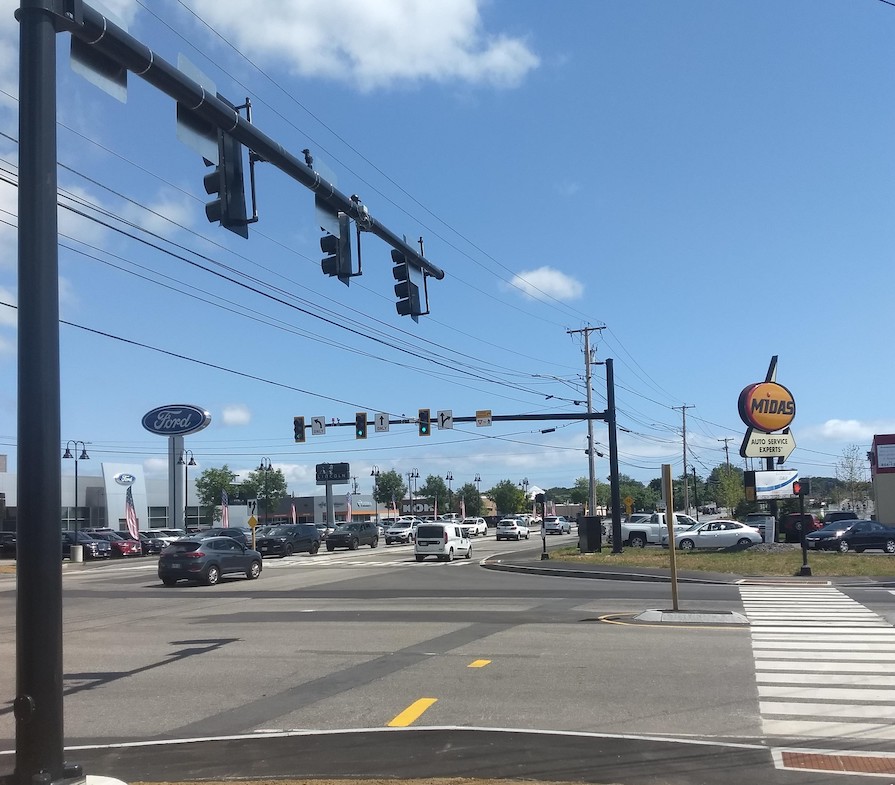
The majority of traffic signals start within the sheets of a plan set designed by an Engineer. The initial traffic signal controller timings and lane geometry are developed based on traffic movement volume counts or other observed field information collected over one or two days. Once the signal has been built there is a final inspection and any last-minute adjustments to the signal or timings are made. Post-construction, traffic signals are commonly left alone outside of the occasional citizen complaint or traffic study for nearby development.
New developments are constructed, existing developments change in land use or ownership, population trends change, or nearby construction caused delay and detours are only some of the causes for changes in traffic volume trends over time. As these traffic conditions change, the typical signal remains stagnant, optimized to a snapshot of the conditions at the time of construction and not to the changing real-world conditions. This results in a degradation in signal performance over time that can have considerable impacts such as; increased vehicle and pedestrian delays, longer vehicle queues at signal approaches, and can also lead to increased crash frequency as congestion increases.
Sebago Technics’ Traffic Signal Operations practice aims to address the degradation of signal performance by offering the following services:

